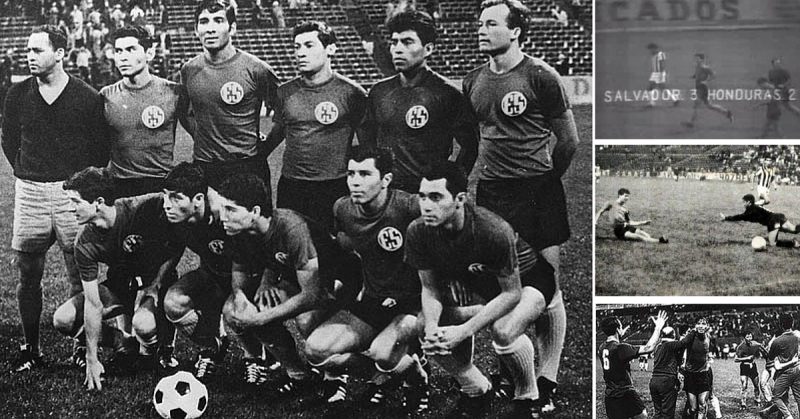On 14 July 1969, El Salvador invaded Honduras, leaving thousands dead and displaced on both sides. The war impacted the entire economy of Latin America for decades and only recently have tensions between the two countries died down.
And what was the spark that triggered this war? Football. That’s “soccer” to you Americans out there, but almost everyone else calls it the “Football War.” It’s extremely complicated, so here goes.
El Salvador is about five times smaller than Honduras, but in 1969, it had a population of about 3.7 million people compared to Honduras’ 2.6 million. While both countries were poor, Honduras’ greater size ensured better economic opportunities. By the late 1960s, an estimated 300,000 illegal Salvadorans lived in Honduras, increasing tensions between the two countries.
But it wasn’t just ordinary Hondurans who were upset by the influx. Much of Honduras was owned by powerful landowners and large corporations who wanted to own even more. The United Fruit Company (now Chiquita Foods International) alone owned over 10% of the country! And while they were happy to hire Salvadorans, they weren’t as happy to see so many of them living on prime real estate.
In 1966, the biggest landowners created the National Federation of Farmers and Livestock-Farmers of Honduras (FENAGH). Under FENAGH, Honduras began a massive land reform program the following year which expelled Salvadorans, even those who had legally occupied land for decades. To garner local support, some lands were given to Hondurans.
Migrant workers (both legal and otherwise) were also expelled, creating problems for those married to Hondurans. Thousands were driven out of the country on the pretext of ensuring jobs and land for locals. Tensions between the two countries reached their peak in February 1969 when a two-year accord regarding cross-border passage expired and wasn’t renewed.

Now, enter the 1970 FIFA World Cup qualifier. Honduras hosted the game at its capital in Tegucigalpa on 8 June 1969 and won: 1-0. But the only goal was made in overtime, so Salvadorans felt cheated.
El Salvador hosted the next game at their capital in San Salvador on June 15. The night before, locals surrounded the hotel which housed the Honduran team, banging pots, honking horns, and shouting all night to prevent anyone from sleeping. It worked. El Salvador won: 3-0.
But they were still angry about the first match, so some these locals attacked Honduran spectators. Two Hondurans were killed during riots in the city, while buses and cars headed to Honduras were targeted in the belief that their passengers were Hondurans. Exaggerated stories spoke of bloodbaths and of Hondurans being held hostage.
Honduras erupted. Salvadoran-owned shops were vandalized and looted while their owners were beaten. Salvadorans became targeted by mobs, and many were dragged out of their homes and workplaces. Stores selling Salvadoran goods in Tegucigalpa and San Pedro Sula were attacked, regardless of who owned them.
Salvadorans began fleeing back across the border, harassed by angry crowds and by hoodlums looking to make a quick buck. Houses belonging to Salvadorans were looted and burned, while a number of women were raped.
It’s believed that as many as 1,400 flowed back into El Salvador every day, mostly on foot. El Salvador accused Honduras of committing genocide and called on the Organization of American States (OAS) to intervene, but to no avail.

The final blow happened in Mexico City on June 26. El Salvador won: 3-2. Buoyed by their victory and frustrated by the lack of an international response to the humanitarian crisis, El Salvador terminated all diplomatic ties with Honduras.
Honduras retaliated on July 3 by sending a small reconnaissance plane into Salvadoran air space near the Honduran border town of El Poy. In the early morning of July 14, three Honduran fighter planes flew into the same area and may have engaged in practice strafing runs, depending on who you ask – El Salvador says Honduras did, which the latter denies.
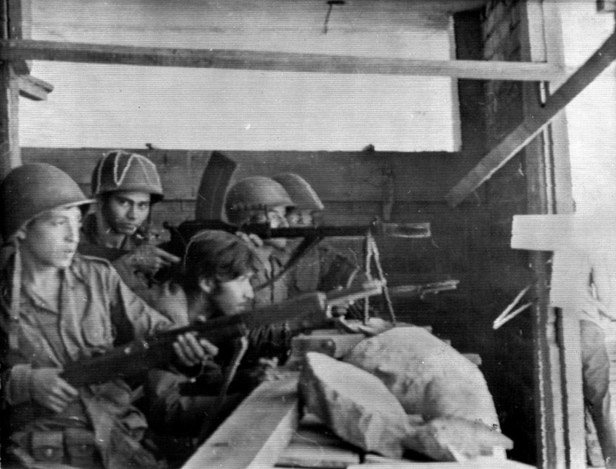
Later that afternoon, El Salvador sent Corsairs, C-47s with wings adapted for bombs, and F-51 Mustangs into Honduras. At 5 PM, they struck the Toncontin International Airport, which is also used by the Honduran Air Force. The planes flew on to attack El Poy, Amapala, Choluteca, and Santa Rosa de Copán.
The Salvadoran Army then entered Honduras in two groups. The North Theater included a small unit of armored vehicles to supplement the foot soldiers, while the East Theater included a bigger mechanized unit with armor like the M3 Stuart, as well as Belgian automatic weapons and 105mm Howitzers.
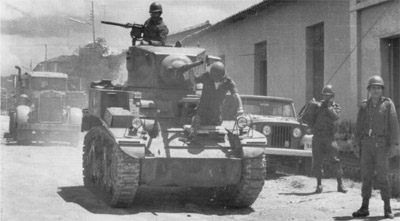
The cities of Nueva Ocotepeque and Goascorán were the first to fall. Next came the towns of San Juan Guarita, Valladolid, La Virtud, Caridad, Aramecina, and La Labor. Cabañas stood firm, but it didn’t matter because, by nightfall, the Salvadorans were approaching the capital Tegucigalpa.
Honduras retaliated the next day by sending T-28s, F-41s, and Corsairs to attack Ilopango – the airport at San Salvador (also used by the Salvadoran Air Force). To cut off the Salvadoran oil supply, they went on to attack the industrial complex in Acajutla (El Salvador’s main port), destroying the storage tanks. El Cutuco in La Union (a major port for petroleum imports) was the next hit.
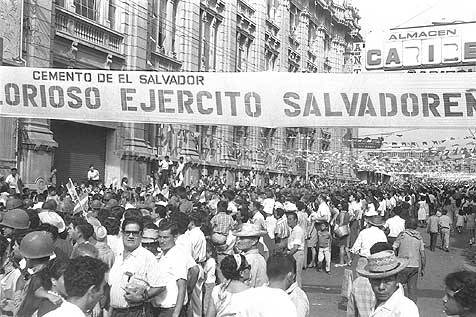
It worked. The Salvadorans ran out of fuel and ammo, but they were still hopping mad, and they still had machetes for use on civilians.
Honduras appealed to the OAS, which ordered an immediate ceasefire. El Salvador wasn’t having any of it, demanding compensation for its expelled citizens and a guarantee of safety for those still in Honduras.
They finally agreed to a ceasefire on July 18th, making it officially a four-day occupation even though it only took effect two days later. Despite this, the Salvadorans still refused to budge. It took the threat of sanctions to make them finally pull out on August 2nd.
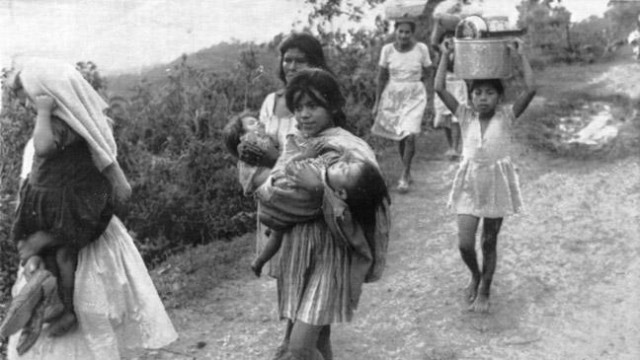
In the aftermath, 900 Salvadoran civilians lost their lives, while another 300,000 were displaced. Honduras lost more than 2,000 civilians and about 250 soldiers, while thousands became homeless. The Central American Common Market was suspended for 22 years, negatively impacting the entire Latin American economy and giving rise to military governments.
And El Salvador? Unable to handle the influx of its own citizens, it grew poorer and later suffered a 12-year civil war. Which is probably why they prefer to call it the “100 Hour War” (four days) because who invades another country over football/soccer? Not them.
No, for Salvadorans, it was about a whole lot more.
